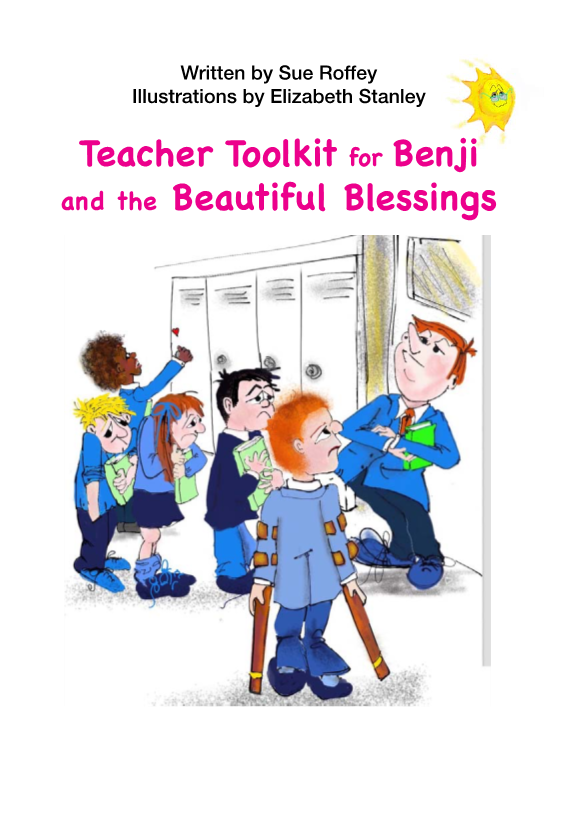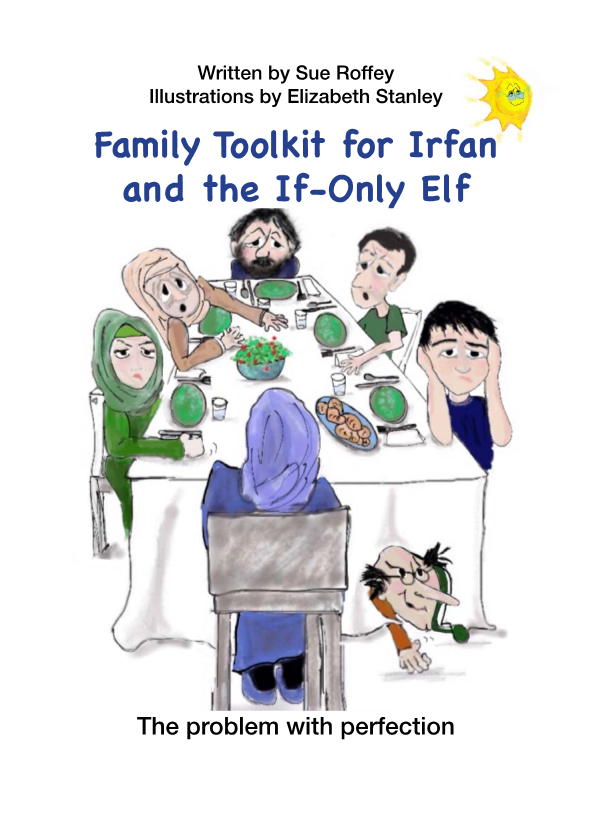Young people’s mental health is a growing concern across the Western world. Anxiety and depression are often connected not only with real world experiences but also how these are mitigated or exacerbated by what happens at home and at school. The ways in which young people think, however, also impacts on how they feel about themselves and others and ultimately their ability to cope with challenges.
The Wellbeing Stories are six stories aimed at 9-13 year olds. They have been written by Dr Sue Roffey FRSA and Keith Heggart FRSA, and beautifully illustrated by Elizabeth Stanley. Each deals with a specific issue of concern to this age group, such as test anxiety, transition, loss and depression, family breakdown and perfectionism. They are not stand-alone stories as each has a teacher toolkit and a family toolkit that enable young people to further explore the issues raised in a safe and constructive way, either at school or at home.

The Wellbeing Stories are unique, with characters representing different types of positive and negative thinking. Based in both positive and narrative psychology, the stories explore how different styles of internal dialogue either enhance resilience or make things worse. The characters externalise these thinking styles, leaving the reader free to explore objectively what might be happening when their minds are taken over by certain voices. Examples of the ten characters are:
- The Worry Wart, who can metamorphose into a Panic Monster
- The two-faced Sprite of Bad Stories (SoBS), who sees the worst in everyone and the worst of everything
- The Mindfulness Magician, who helps us stay in the here and now
- The androgynous ZIP, who goes around on a skateboard and sees the best in everyone and the possibilities in everything.
Every story has a narrator and includes supportive individuals such as counsellors and family members as well as the characters representing internal dialogue. Stories are laced with humour and incongruity to appeal to the diverse young people they hope to reach.
Each story, divided into ten short chapters, is accompanied by a teacher toolkit and a family toolkit. The family toolkits go into more depth about the issue the story is addressing and suggest ways families can help. The teacher toolkits have activities for each chapter, based in the Circle Solutions framework and ASPIRE pedagogy developed by Dr Sue Roffey. This acronym stands for agency, safety, positivity, inclusion, respect and equity. Students are mixed up out of their usual social networks and activities take place in pairs or small groups with a strengths and solution emphasis. This framework inhibits personal disclosure but enables young people to reflect on and discuss issues that matter to them.
They can be accessed via www.wellbeingstories.com, where the Introduction to the stories can be downloaded for free.
We now need your help! How can we let people know about this wonderful resource and get it out to the students, schools and families whom would benefit? All ideas welcome! You can contact me directly s.roffey@exeter.ac.uk.
The development of the Wellbeing Stories was supported initially by both the Australian RSA and an RSA Catalyst Grant. You can find out more about Catalyst on the website, or contact Amy Butterworth at catalyst@rsa.org.uk



Be the first to write a comment
Comments
Please login to post a comment or reply
Don't have an account? Click here to register.